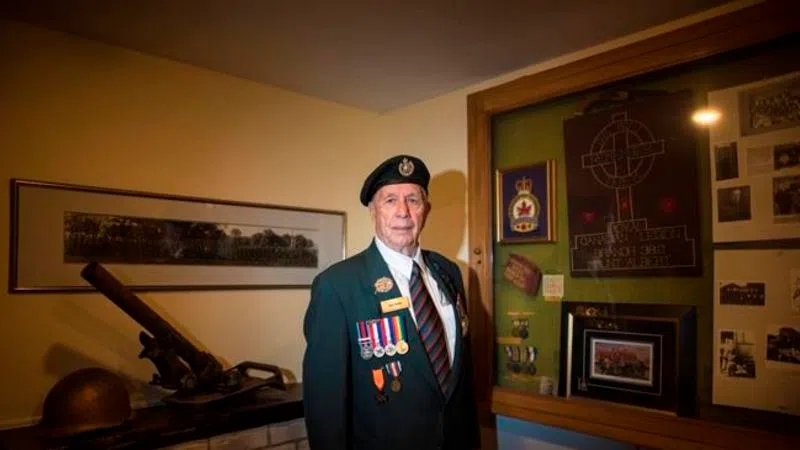
I took on the Nazis: Canadian vet recalls helping lead D-Day invasion
TORONTO — On June 6, 1944, Jim Parks of the Royal Winnipeg Rifles was among about 14,000 Canadians who landed in Normandy, part of an Allied invasion that marked the beginning of the end of the Second World War. The casualties were heavy; by the end of the day, about 350 Canadians would be killed. Parks, who enlisted at 15 and is now 94, describes what it was like that day on Juno Beach, in his own words:
Southern England was like a sausage machine.
In April or May ’44, they had us along a roadway for about four or five days. The first people on the roads would be the first to land — that’d be H-hour. Then it’d be H plus 1, all the way up.


